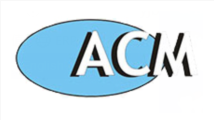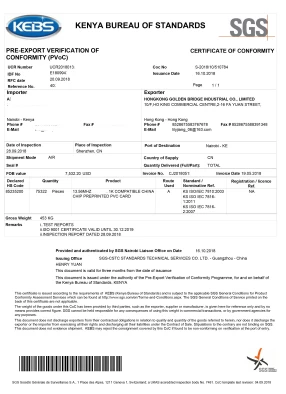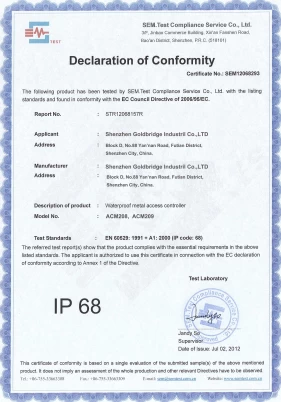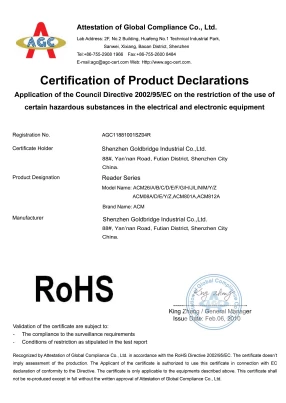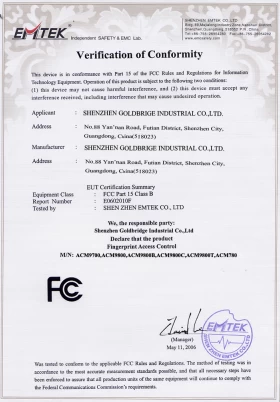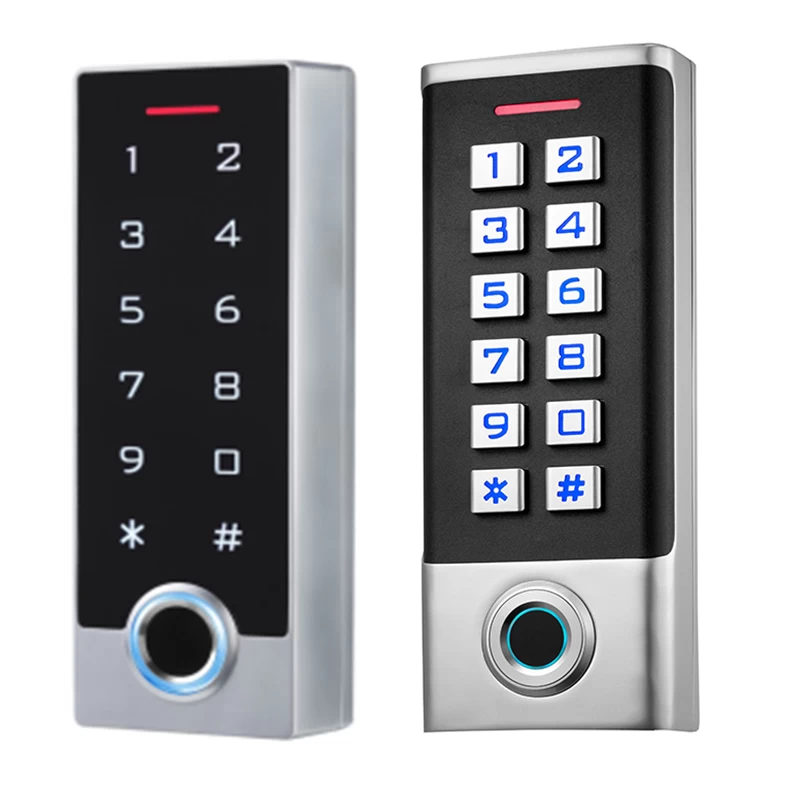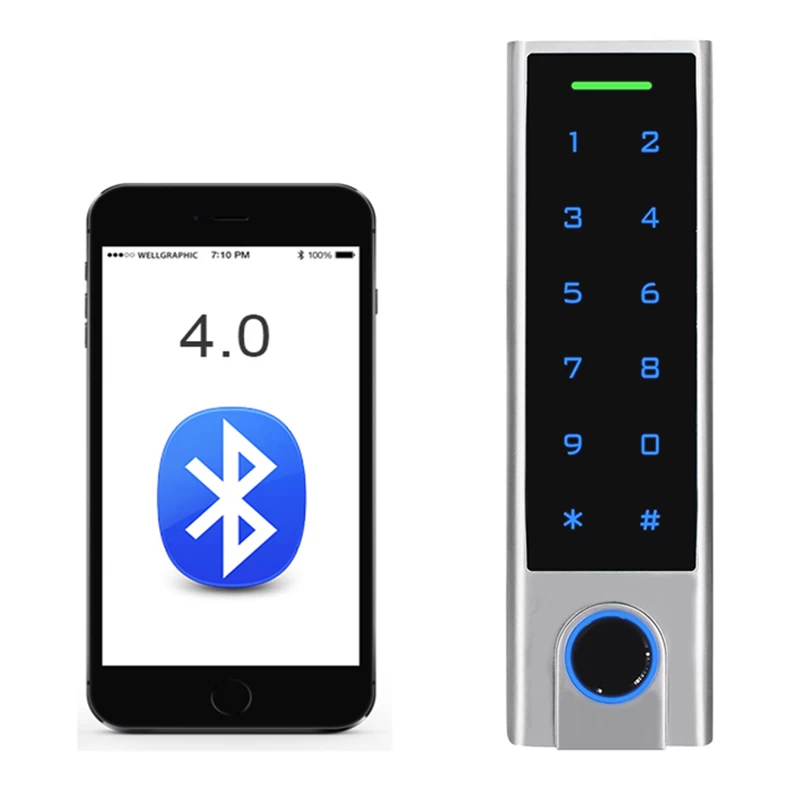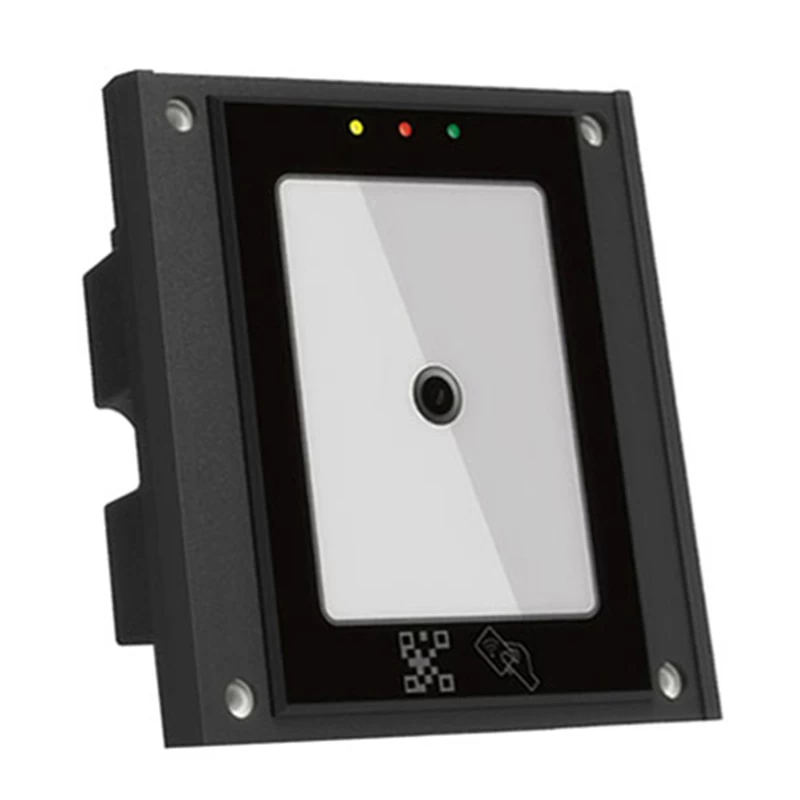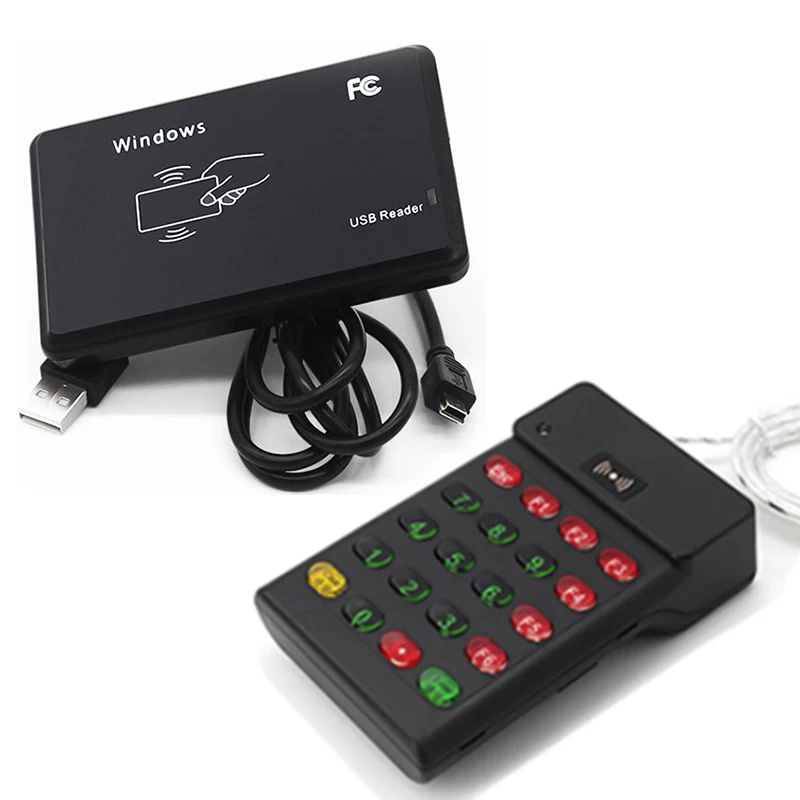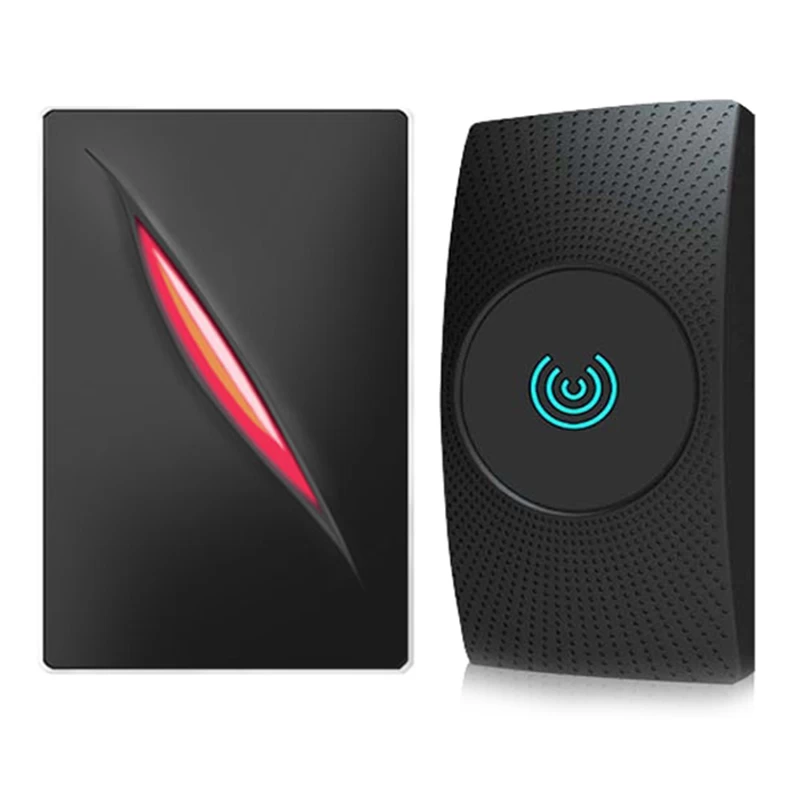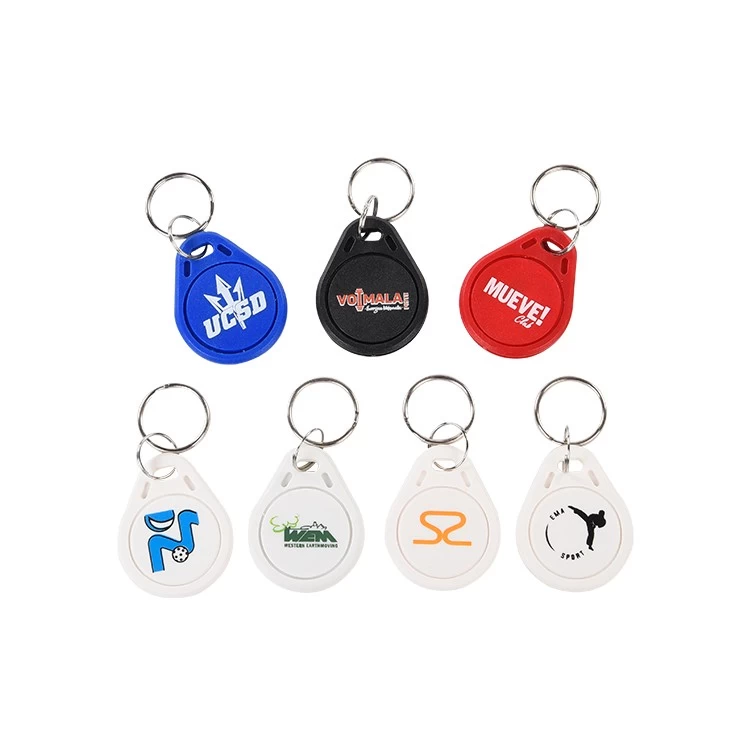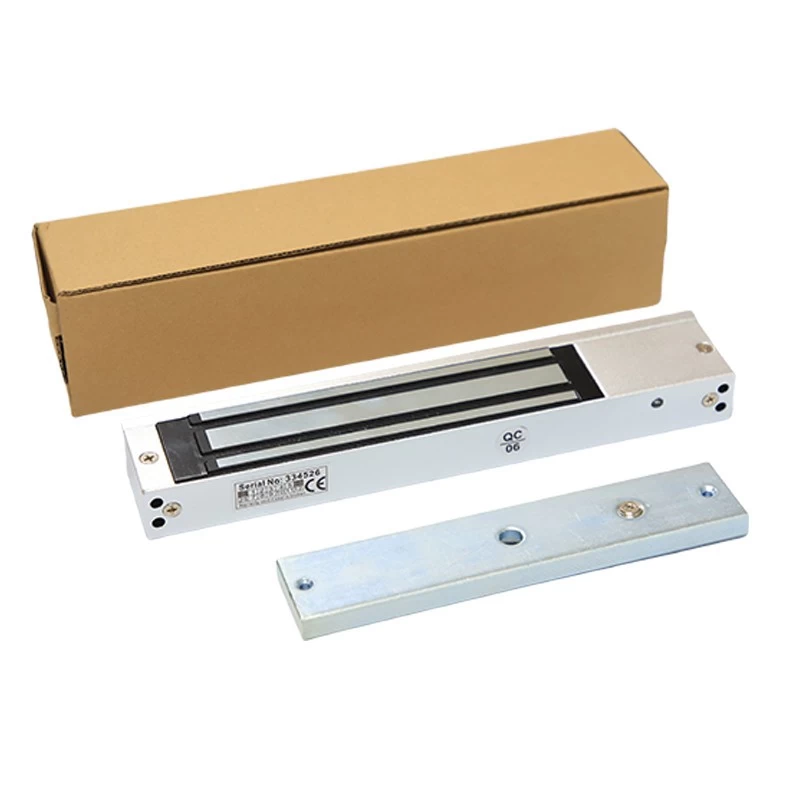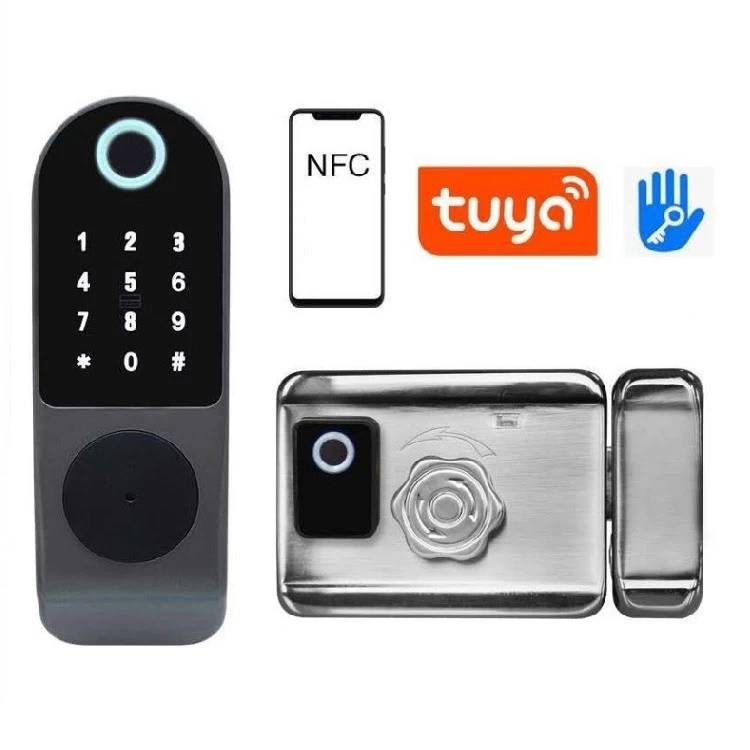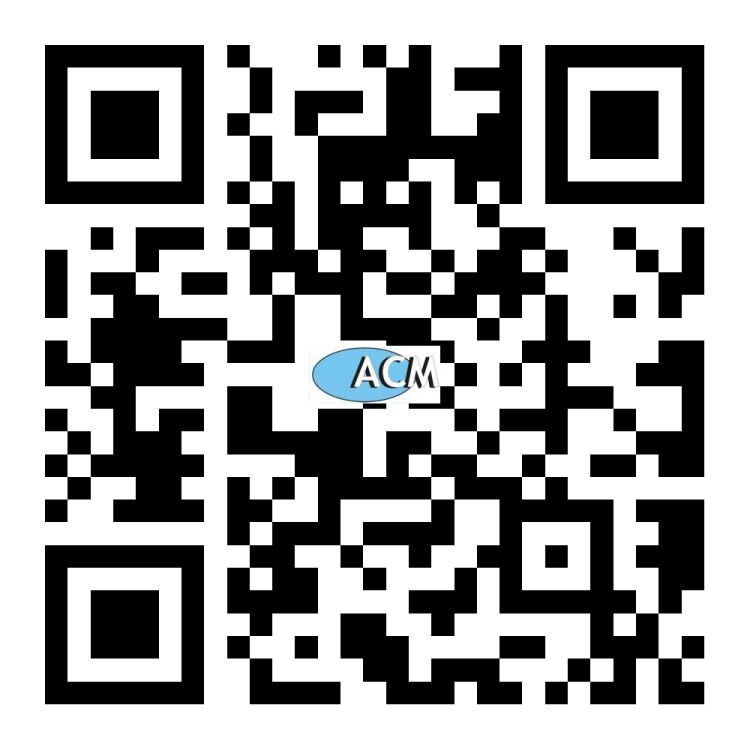ACCESS CONTROL EXPECTATIONS FOR 2019
 credentials, biometrics and cloud-based services are expected in 2018. To ensure success – and speed growth — access control companies need to keep pace with the ever-changing market environment.
credentials, biometrics and cloud-based services are expected in 2018. To ensure success – and speed growth — access control companies need to keep pace with the ever-changing market environment.
The global access control market grew 6.6 percent in 2015 and is expected to grow 7.2 percent in 2018. Global gross domestic product (GDP) is forecast to grow 2.6 percent, and total construction spending is increasing by 3.3 percent, which will have a positive impact on the access control market
Access control suppliers that grew the fastest in 2015 did not focus on only one segment of the total available market. Instead, these companies deployed IP-based solutions with remote, web-enabled features, while others expanded on existing customer contracts by adding wireless electronic locks. These types of solutions are scalable to any organization, no matter its size.
The industry’s strong growth is primarily due to the following factors: price, accuracy, aesthetics and reduction in physical cards. Depending on a country’s privacy laws and the level of security required, biometrics offer card-free access-control capabilities that can greatly reduce cost over time.
In addition to web-based solutions with remote management functionality and wireless electronic locks, biometrics also experienced strong growth in 2018. The global market for biometrics will grow by 9 percent in 2018 – with double-digit growth expected in 2019. Although biometrics-enabled products have been available in the market for over a decade, only recently has growth been consistent enough to meet market expectations.
Access control open standards, software and integration will also improve in 2018. Although open standards have been discussed for several years, progress has been slow. Many companies continue to deploy and promote their own forms of open standards and open application program interfaces, while the Physical Security Interoperability Alliance (PSIA), Open Network Video Interface Forum (ONVIF) and other industry groups work to bring the industry together.
Despite these efforts, the access control market remains mostly proprietary and is now one of the last of the security industry sectors to fully embrace open standards. For example, the intruder alarm market took big steps toward creating open standards in 2017, and 2018 will prove to be even more exciting with the Z-Wave becoming UL certified in the fourth quarter of this year. Software and integrations will also be focal points in 2016, as suppliers look to differentiate themselves from competitors.
Today’s customers expect access control to provide security beyond the door. Access control can be used to collect data on building efficiencies or joined with compliance standards to maintain a safe work environment. Access control software can also monitor anomalies in daily habits and schedules, to detect potentially malicious behavior that can cause network and computer downtime.
We expect continued positive results for the access control market for the remainder of the year, as end-users look to protect their assets in an uncertain marketplace. Thanks to innovations and technology improvements, access control suppliers, integrators and dealers are well positioned to offer customized and turnkey solutions, with the opportunity for upselling and repeat business from electronic locks, mobile credentials and professional monitoring services.
